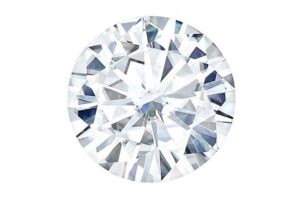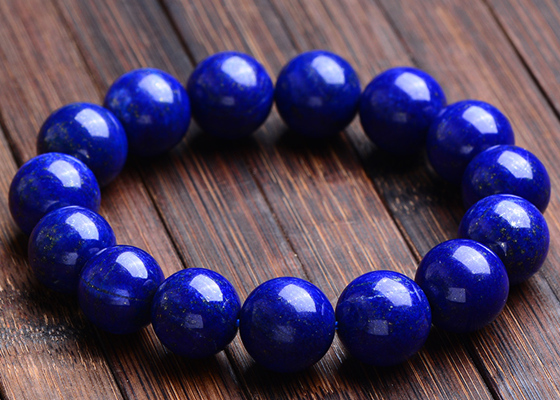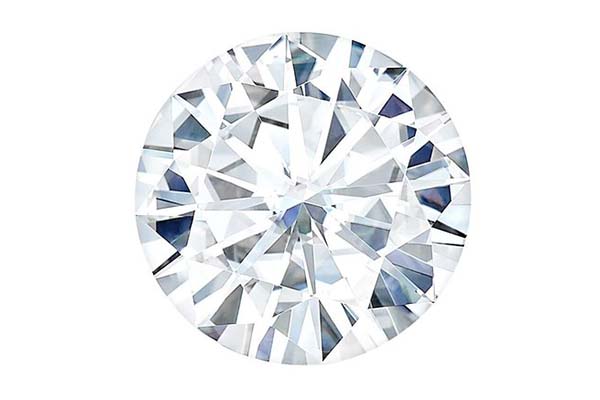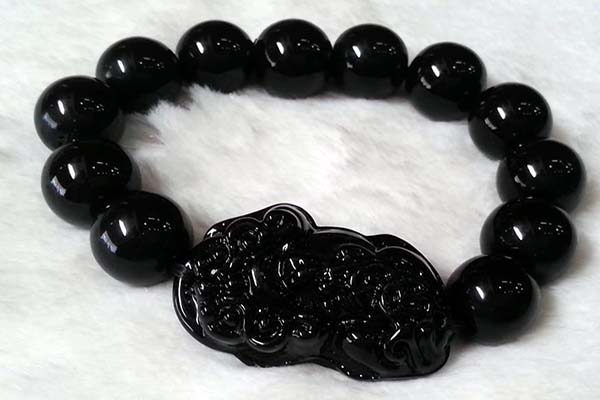Gemstones have always fascinated people with their beauty, rarity, and symbolism. Among the many gemstones available, Lapis Lazuli and Blue Sapphire are two of the most popular blue gemstones. In this blog post, we’ll explore the differences and similarities between these two gemstones, and help you decide which one is the right choice for you.
What are Lapis Lazuli and Blue Sapphire?
Before we dive into the comparison, let’s first take a brief look at what Lapis Lazuli and Blue Sapphire are.
Lapis Lazuli is a blue rock composed mainly of the mineral Lazurite, along with other minerals such as Calcite, Pyrite, and Sodalite. It has been used as a gemstone and pigment for thousands of years, and was highly prized by ancient civilizations such as the Egyptians, Greeks, and Romans.
Blue Sapphire, on the other hand, is a precious gemstone belonging to the mineral species Corundum. It is typically blue, but can also come in other colors such as pink, yellow, and green. It is one of the most valuable and sought-after gemstones, and has been used in jewelry for centuries.
Properties of Lapis Lazuli
Appearance
Lapis Lazuli is a relatively soft rock, with a Mohs hardness of 5 to 6. Its color can range from deep blue to light blue, with white and gold streaks caused by the presence of Calcite and Pyrite. It has a distinctive speckled appearance, which is caused by the tiny flecks of Pyrite embedded in the rock.
Composition
Lapis Lazuli is composed mainly of Lazurite, which gives it its blue color. It also contains Calcite, Pyrite, and Sodalite, which can affect its color and appearance.
Hardness
Lapis Lazuli has a Mohs hardness of 5 to 6, which means it is relatively soft and can be scratched easily. It is not recommended for everyday wear in jewelry, as it is prone to chipping and scratching.
Color
Lapis Lazuli is known for its beautiful blue color, which ranges from deep blue to light blue. The color is caused by the presence of Lazurite, and can be affected by the presence of other minerals such as Calcite and Pyrite.
Rarity
Lapis Lazuli is not a rare gemstone, and can be found in many parts of the world including Afghanistan, Chile, and Russia.
Price Range
The price of Lapis Lazuli varies depending on its quality and size. High-quality Lapis Lazuli can be quite expensive, but lower-quality stones are more affordable.
Properties of Blue Sapphire
Appearance
Blue Sapphire is a hard and durable gemstone, with a Mohs hardness of 9. It is typically blue, but can also come in other colors such as pink, yellow, and green. The color of Blue Sapphire is caused by the presence of trace amounts of titanium and iron.
Composition
Blue Sapphire belongs to the mineral species Corundum, which also includes Ruby. It is composed of aluminum oxide, and can contain trace amounts of other elements such as titanium, iron, and chromium.
Hardness
Blue Sapphire is one of the hardest gemstones, with a Mohs hardness of 9. This makes it very durable and resistant to scratching.
Color
Blue Sapphire is known for its beautiful blue color, which ranges from light blue to deep blue. The color is caused by the presence of trace amounts of titanium and iron.
Rarity
Blue Sapphire is considered a precious gemstone and is relatively rare. It is found in many parts of the world, including Sri Lanka, Madagascar, and Thailand.
Price Range
The price of Blue Sapphire varies depending on its quality, size, and color. High-quality stones with a deep, vivid blue color can be very expensive, while smaller and lighter-colored stones are more affordable.
Comparison between Lapis Lazuli and Blue Sapphire
Appearance
While both Lapis Lazuli and Blue Sapphire are blue gemstones, they have distinct differences in appearance. Lapis Lazuli has a more speckled appearance, while Blue Sapphire has a smoother, more uniform color. Additionally, Lapis Lazuli often has streaks of white and gold, while Blue Sapphire is typically a solid blue color.
Composition
Lapis Lazuli and Blue Sapphire also differ in their composition. Lapis Lazuli is a rock composed mainly of Lazurite, Calcite, Pyrite, and Sodalite, while Blue Sapphire is a precious gemstone belonging to the Corundum mineral species.
Hardness
Blue Sapphire is much harder than Lapis Lazuli, with a Mohs hardness of 9 compared to Lapis Lazuli’s 5 to 6. This means that Blue Sapphire is much more durable and resistant to scratching than Lapis Lazuli.
Color
While both gemstones are blue, they have different shades of blue. Lapis Lazuli has a deeper, more saturated blue color, while Blue Sapphire can range from light blue to deep blue. The color of Lapis Lazuli is caused by the presence of Lazurite, while the color of Blue Sapphire is caused by the presence of trace amounts of titanium and iron.
Rarity
Blue Sapphire is considered a precious gemstone and is relatively rare, while Lapis Lazuli is more common and widely available.
Price Range
The price of both gemstones varies depending on their quality, size, and color. However, Blue Sapphire is generally more expensive than Lapis Lazuli due to its rarity and value as a precious gemstone.
Uses of Lapis Lazuli
Lapis Lazuli has been used for various purposes throughout history. Here are some of the most common uses of Lapis Lazuli:
Jewelry
Lapis Lazuli is a popular gemstone for use in jewelry, especially for its deep blue color and unique speckled appearance. It is often used in pendants, earrings, and bracelets.
Art
Lapis Lazuli has been used as a pigment for thousands of years, and was highly prized by artists in ancient civilizations such as Egypt and Rome. It was used to create vivid blue pigments for paintings, sculptures, and other works of art.
Healing
In ancient times, Lapis Lazuli was believed to have healing properties and was used for medicinal purposes. It was believed to promote mental clarity, relieve anxiety, and improve overall health.
Historical significance
Lapis Lazuli has played an important role in many ancient civilizations, and has been used in everything from jewelry to religious artifacts. It was highly prized by the ancient Egyptians, who believed it had protective and healing properties.
Uses of Blue Sapphire
Blue Sapphire is a highly valued gemstone that has been used for various purposes throughout history. Here are some of the most common uses of Blue Sapphire:
Jewelry
Blue Sapphire is a popular gemstone for use in jewelry, especially in engagement rings and other pieces of fine jewelry. It is highly prized for its beautiful blue color and durability.
Astrology and spirituality
Blue Sapphire has long been associated with astrology and spirituality, and is believed to have many metaphysical properties. It is said to bring wisdom, insight, and spiritual enlightenment.
Industrial purposes
Blue Sapphire is also used in various industrial applications due to its durability and hardness. It is used in the manufacturing of various high-tech products such as electronic components, watches, and medical equipment.
Historical significance
Blue Sapphire has played an important role in many cultures throughout history. It was highly valued by the ancient Persians, who believed that the sky was painted blue by the reflection of Blue Sapphires. In ancient Greece, Blue Sapphire was associated with Apollo, the god of light and truth.
Conclusion
Both Lapis Lazuli and Blue Sapphire are beautiful blue gemstones that have unique characteristics and uses. Lapis Lazuli is a rock composed of several minerals and has a speckled appearance, while Blue Sapphire is a precious gemstone belonging to the Corundum mineral species and has a smooth, uniform color. Lapis Lazuli has been used for thousands of years in jewelry, art, and medicine, while Blue Sapphire is highly valued for its beauty, durability, and spiritual properties. Both gemstones are unique in their own way and offer a range of uses and benefits to those who appreciate them.







